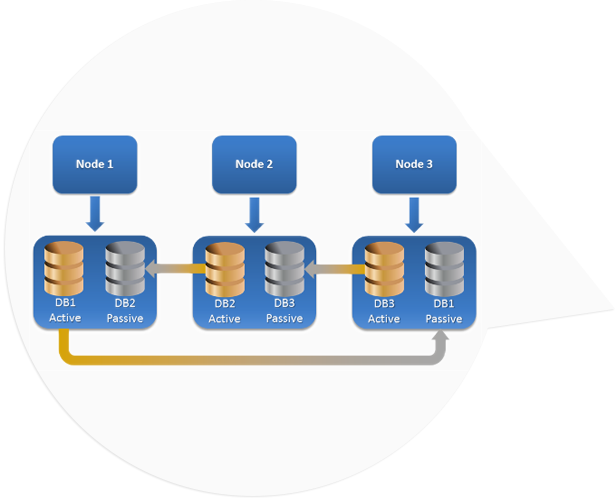February 2016
Quick facts
Dates: 26 – 27 September 2016Location: Helsinki-Vantaa, Finland
Length of training: 2 days
Early bird registration: Before 31 August 2016
Sign up early to enjoy a 20% training discount
Deadline for registration: 20 September 2016
Summary
ASD-STE100 Simplified Technical English (STE) is a controlled language that is used to write technical manuals in such a way that they can be more easily understood by an international audience. STE helps to make translations cheaper and more accurate. Often a formal requirement for aircraft and defence maintenance documentation, STE can easily be adapted to all technical industries and beyond. Ms. Shumin Chen will teach participants how to correctly and effectively use STE in practice. She will also address some of the mistakes commonly found in technical writing and the frequently incorrect use of common STE writing rules.
“The ASD-STE100 course I attended by Shumin was very intensive yet enjoyable. Besides the standard format and company templates used when creating documentation, STE rules helped me understand that there is an alternative approach to technical writing. Top Qualities: Effective, versatile, high-quality training delivery.” Manufacturing Engineer, FNSS Defence Systems
Course outline*
- Practical overview of ASD-STE100 Simplified Technical English
- How STE helps both native & non-native speakers of English
- Writing rules and how to apply them in practice
- How to use the general vocabulary
- How to deal with industry-specific terminology
- How to use STE for various documentation types
- How to implement STE with minimal disruption to on-going production and existing documentation
- Hands-on STE editing and review
* Shufrans also offers customised ASD-STE100 training solutions tailored to meet your specific requirements. These courses are normally provided at the customer’s premises.
What training outcomes to expect?
Our interactive training, exercises and workshop, will teach participants to:
- Author more efficiently
- Communicate more effectively with a global audience
- Improve operational safety
- Reduce AOG / downtime
- Facilitate modular writing and reuse
- Facilitate teamwork
- Facilitate translation
- Maximise consistency
- Optimise product lifecycle support
- Reduce the cost of creating and maintaining technical publications
- Shorten review cycles
- Standardise content quality and style
Who should attend?
- Compliance managers
- Communication managers
- Content specialists
- Content strategists
- Content quality analysts
- CIO, COO, CTO
- Customer support managers
- Documentation specialists
- Editors
- Engineering managers
- Engineers and SMEs who create documentation
- Field support engineers
- HSE managers
- ILS managers
- Information developers
- International process managers
- Operation managers
- Product managers
- Programme managers
- Project managers
- Quality assurance managers
- Safety inspection engineers
- Service & Maintenance managers
- Supply chain managers
- Technical administrators
- Technical documentation consultants
- Technical information managers
- Technical linguists
- Technical publications managers
- Technology services advisors
- Technical writers
- Translation managers
- Translators
Trainer’s qualifications
Ms. Shumin Chen, principal trainer & consultant at Shufrans TechDocs received her professional on-the-job training in the field of STE under the tutelage of Dr Frans Wijma, a linguist and documentation expert. Together as an experienced global team, they provided their combined knowledge and dedication to benefit customers worldwide. To date, they have provided training and consultancy services to over 180 companies. Shufrans TechDocs is the only company with such vast experience in providing certified STE training.
Shumin has supported various companies with their STE and other documentation needs, based on standards where possible. Although STE was developed for the aerospace industry, more specifically for aircraft maintenance documentation, Shumin found that it made a lot of sense to apply the same principles to other industries and types of documents as well. Few -if any- changes to the specification are necessary to adapt STE to industries ranging from machinery to IT, automotive to medical equipment.
Suffice to say, STE is a controlled English language standard with a proven track record that spans more than 30 years.
Besides helping technical writing professionals achieve compliance with a well established technical writing standard, Shumin also finds STE the most versatile standard to try and get hold, get in control of our technical English communications.
This training workshop is hosted by Citec Finland, our preferred training partner in Finland.





